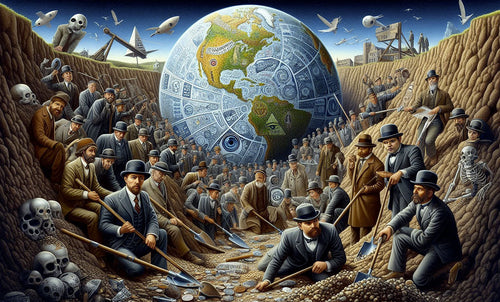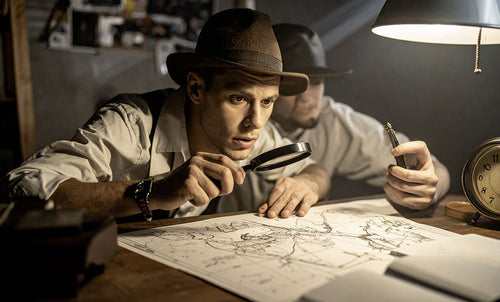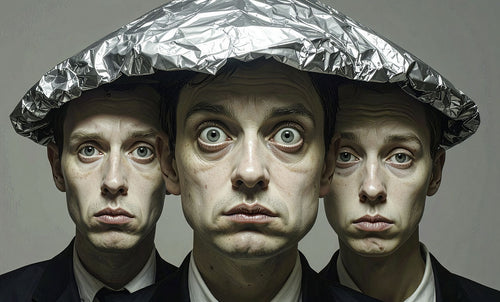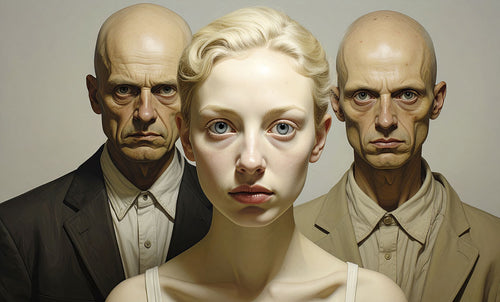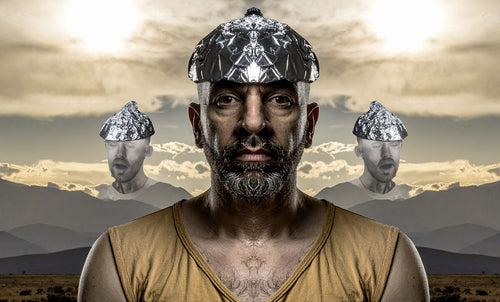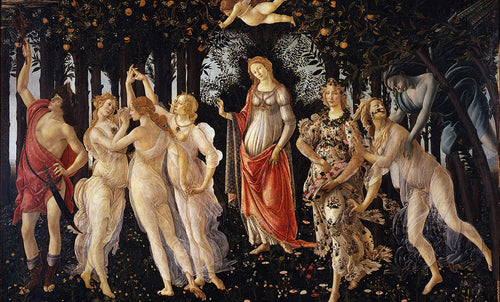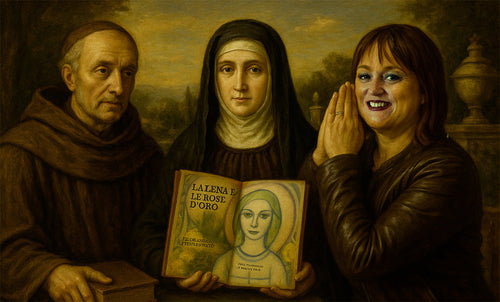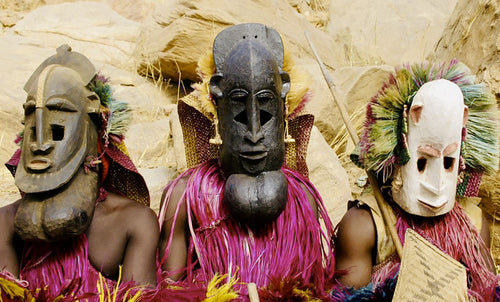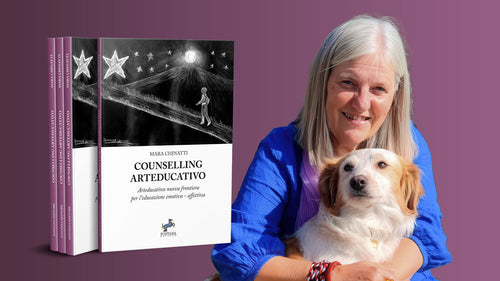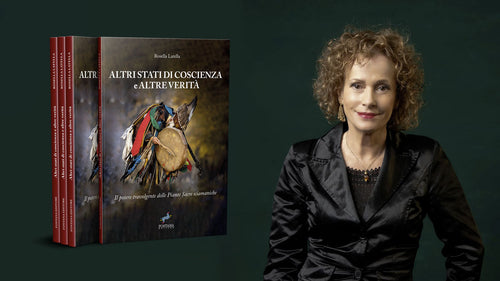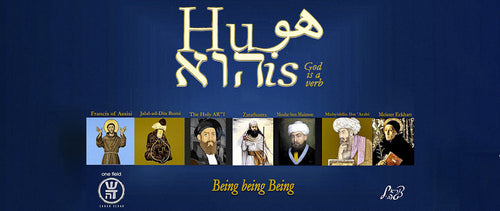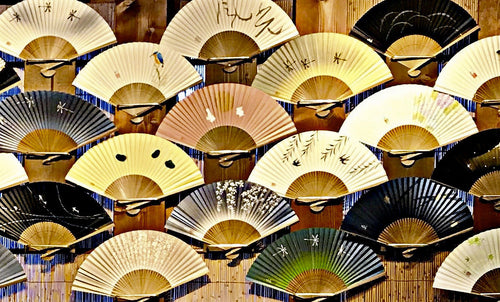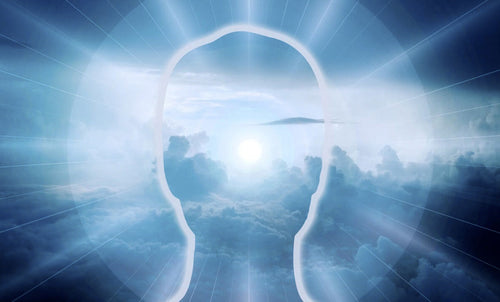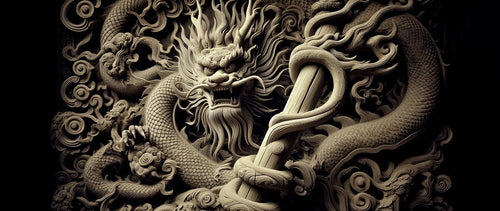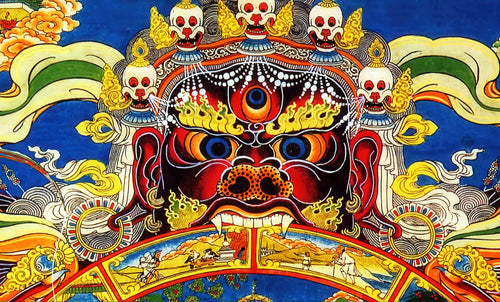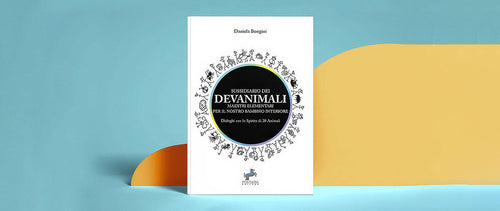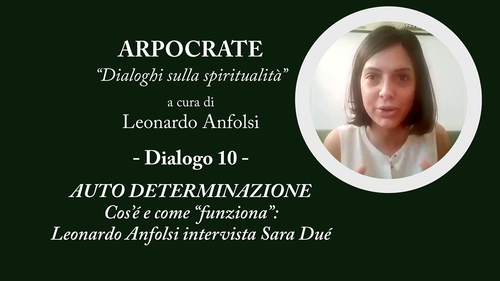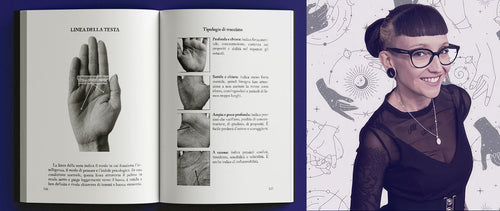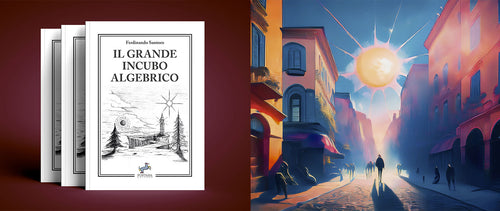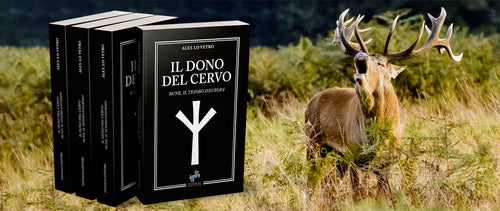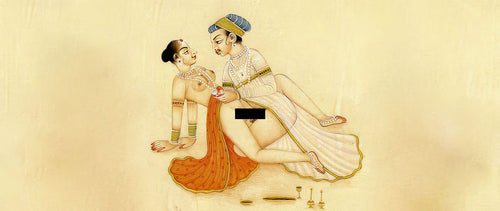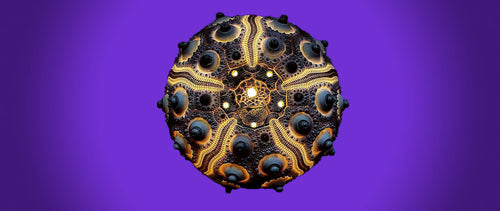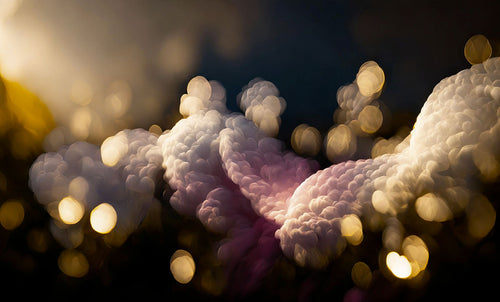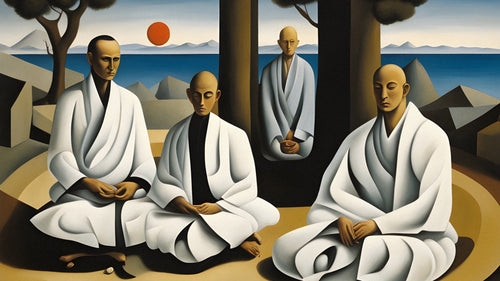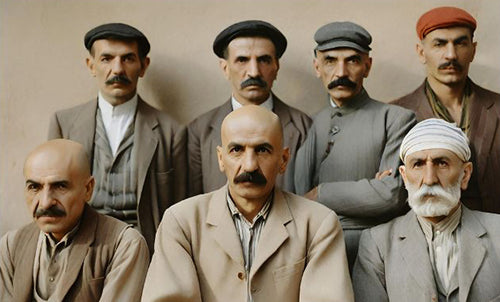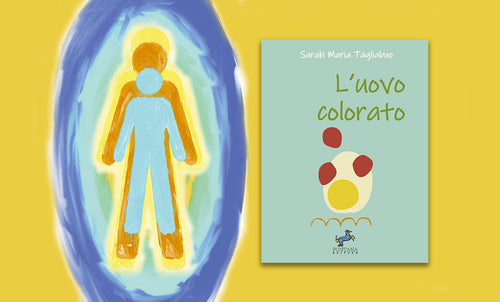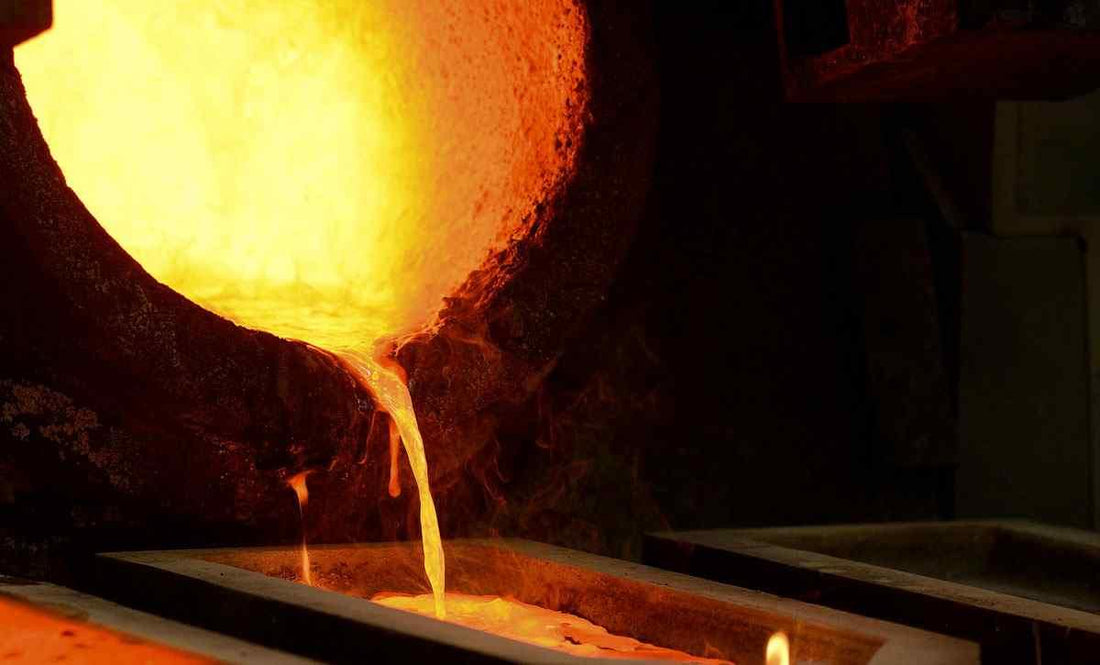
On making gold yesterday. Tradition, ethics, history
Leonardo AnfolsiIt is essential not to fall into the incorrect idea of believing that alchemy only means to make gold, as we have already explained in the editorial, and we invite everyone to read it because it contains all the ethics of the science/art in just a few sentences.
Every form, sector or level of knowledge involves an unavoidable responsibility, even if we do not know or notice it.
Suffice it to say that the alchemists of the past were not attracted by gold but by Art. Ars Gratia Artis[1]. Making gold to them was a demonstration of an intellectual refinement, both operational and spiritual.
The ethics of the true, ancient alchemists forced them to use gold produced in the laboratory for the benefit of the sick and the poor, and, for themselves, only to finance the start of a trade or a profession.

But it goes without saying that modern alchemy critics are fond of the image of the alchemist, disheveled, filthy, obsessed by gold; this is the typical image for all alchemists. So much so that, as we have already repeated, many alchemists such as Newton, Boyle, Malpighi, and Falloppio are still being defined in extremely convoluted ways – such as neoteric iatrochemist for Malpighi! - in order not to call them alchemists.
By the way, many of those disheveled alchemists who actually were feverishly seeking the Philosopher’s Stone, discovered and invented many new substances, instruments and medicines. However, until the seventeenth century, the professional figure of the alchemist could not always be precisely defined, as long as kings, nobles, princes, universities and hospitals did not have a need for a qualified pharmacist. This has been particularly crucial in Germany, bringing its influence throughout Europe.
It should be added that, thanks to universities, sometimes the alchemist was both a physician and a pharmacist and even an astrologer, as Paracelsus, who studied astrology in Ferrara, suggested. In other cases the alchemist offered his services to the court of a king, sometimes rising to administrator of the botanical garden and the pharmacy of the king. When he was less able or fortunate, the alchemist could be hired by a noble lover of science perhaps as tutor to his heirs, and in some cases was shared between many nobles, as it was for Fioravanti and Borri.
We also present the case in the third issue of the Philosophical Transactions, born from the dream of the German Londoner scholar, Hartlib. From this juncture, a young king, Charles II, as an act of restoration of the monarchy, began to sponsor the projects of Hartlib and later alchemists with big names such as Newton and Boyle, founders of the Royal Society.
We will truly see how these two researchers were ungrateful apprentices of George Starkey, a young and timid Calvinist pastor, a native of Bermuda and a naturalized American, who ended up in London, where he became famous in the Hartlib circle for his alchemist abilities, and as an iatrochemist and furnace manufacturer.
Now we come to understand real alchemy in terms of initiation or, at least, esoterically or even in a speculative sense, thus finishing our excursus on the alchemy of the past in the West.
A word that remained well-known in Europe and has continued to fascinate America was Rosa+Croce.
A foolish plot-mania has linked this historical reality with the Illuminati of Bavaria and mixed as many groups as possible, even with individuals (such as Pike and Mazzini), inventing impossible soups in which either the Rosicrucians or the Masons, or Jesuits or whoever would be - just pick one - were Communists, Nazis, homosexuals, homophobics, perverts or moralists, then of course aliens or elohims, because faithful people don’t study history or, if they do, they don’t have a clue of what is going on out there in the big world but like to be opinionated.
The historical reality is more simple and easily delineated in a nutshell. Valentin Andreae, a German Protestant pastor whose mother was an alchemist, assisted by Tobias Adami made a manifesto intended to intrigue Europe. In the manifesto, he stated that a group of Masters were hiding among ordinary people carrying wonderful discoveries that could transform the world into a paradise. This paradise included Parnassus[2], then Cristianopoli and then la Città del Sole, the Sun City.
Meanwhile many Europeans were now disinterested in the various, quarrelsome fideistic religions, guided by their heads as well as by their hearts, sought precisely what the two friends were trying to propose; nonetheless Andreae and Adami were dragged to court and were accused of having created a sinister secret organization, when in fact, they told them that it was just a joke, a “ludibrium Rosicrucianum”.
They fared well actually but were not very dignified despite all the posthumous prophetic esoteric inventions about Christian Rosenkreutz et cetera, but most came to recognize in the name “Rosa+Croce” a quantity of contents connecting everything with a new way of conceiving the world, which was what Paracelsus had set out to do: the creation of a new Europe based on knowledge and the exchange of experiences.
Thus organizations sprang up everywhere devoted to self-knowledge, or reintegration, or regeneration (palingenesis), which led to several similar or closely-related names to that of the Rosicrucians. Historically, the name “Rosicrucians” was coined for these organizations and for those more close to us, the “neo-Rosicrucians”.
So if someone tells you that “I’m a Rosa+croce (rose+cross)” treat him with fraternal acquiescence because if he/she is a madcap or, may be, has survived for about three and a half centuries.
Yet we are still debating whether this reality was born in Italy at the Gonzaga court, one of the Medici, being taken from the preaching of Giordano Bruno, who had a large following in England, or in a group of German philosophers.
Then came Freemasonry, as a large container of virtual initiatory principles, showing the degree of Rosicrucian Prince, both in the Scottish Rite and in the various Egyptians Rites; then there were masonic orders considered as direct emanations of the various ancient Rosicrucian fellowships.
What has all this to do with alchemy?
Some of Rosicrucian groups had already established initiatory schools during the seventeenth and eighteenth centuries, in which the RANKS maximum division concerned Ergon and Parergon[3], where what is essential, the ergon, was the meditation and prayer to merge with the absolute, while the ergon approach was the alchemy. We can add that some read the word “rose” as dew and the word “cross” as crucible, which could actually fit.
We still have the text, almost complete, of the group rituals but also of laboratory practices, where it is specified that success in the Philosopher’s Stone quest was regarded as an excellent start for the final phase of absorption into the Divine Reality. In the first phase, these classes were taught in the laboratory through a path that worked on vitriol.
Since we talked about it, a question may arise: What was the historical connection between the discipline of alchemy and Freemasonry?
Building an inner temple may have an affinity with the alchemical laboratory? Somebody answers yes.
As we have said, several Rosicrucian groups also had a ritual; so it became easy for many authors to bring alchemy to Masonic symbolism; the Tschudy Baron, Oswald Wirth, Grillot De Givry, are the best known names of those who approached these two forms of symbolism and in some ways gathered them together.
To conclude this excursus on the production of gold in antiquity, we can add that, by law, the alchemist was almost always sentenced to death, considering this a fraud to the state, and therefore this production has always had a bad reputation. For what we know only three alchemists received some kind of reward or approval from the people of their time and they were the Parisians, Nicolas and Pernelle Flamel, and the Polish Sędziwój - better known as Sendivogius. All the other researchers, unless they were under the patronage of princes, nobles or universities, had been, until the eighteenth century at least, misunderstood.
Moreover alchemical gold, once realized, if it is not prepared with precision, has a dry and a warmer radiance that make it easily recognizable since it has a unique purity.
If the readers are really interested in alchemical transmutations throughout history, just sincerely searching, they will realize that history is full of them.
Those interested will find more historical information in future editions of NitroGeno, in which we will write about the Roman Emperor, Diocletian, and his dispute with Egypt, who paid taxes with alchemical gold, and we will write of Cleopatra[4] that dissolved a large pearl in a glass of “vinegar” in just a few seconds, then drank the liquid. In our advertisement-video for this issue of NitroGeno, we have included the case of Baron Von Reussestein who helped the Holy Roman Emperor Ferdinando III’s, producing enough gold to win the Thirty Years War against the Swedish front. It was a typical example of a perfect collaboration between an alchemist and a monarch; the first did not want to become emperor and the second did not want to invade every country on the planet, so they both did well for what was their responsibility.
These stories, which have the same credibility and sources as all other historical facts, do not leave any doubt in the reader?
I’m sure that there could be a doubt even in a practicing alchemist, if teams of expert chemists try their best to make gold, and finally they succeed in producing real gold - without adding it during the process or playing other tricks - but not in enough quantity to pay for all the expenses that the process requires.
So, maybe, again, the wise Fulcanelli’s statement makes sense:
“Here is the secret of Alchemy: there is a way to manipulate Matter and Energy such that eventually is generated what a modern scientist would call a Force Field. This Field is active on Matter and as well on the Observer and by doing so the Field will position this particular individual a privileged position in relation to the rest of the Universe. From this position the Observer gains access to all the dimensions of reality normally hidden by time and space and by energy and matter. This is what we, alchemists, call the Great Work.”
Article from Nitrogeno #3
[1] Art for art’s sake.
[2] These mythical place names are derived from Traiano Boccalini, from Andreae himself and then by Friar Tommaso Campanella who donated to the two friends the manuscript of “The City of the Sun”, which was first published in Germany by Adami.
[3] Ergon means “doing” or “the real thing” - in this case the essential fact of contemplation - and Parergon or Parerga “accessory” which in this case means the material operation, or thus the laboratory practice.
[4] This is Cleopatra who is the fifth Cleopatra of the Egyptian dynasty of Tolom

